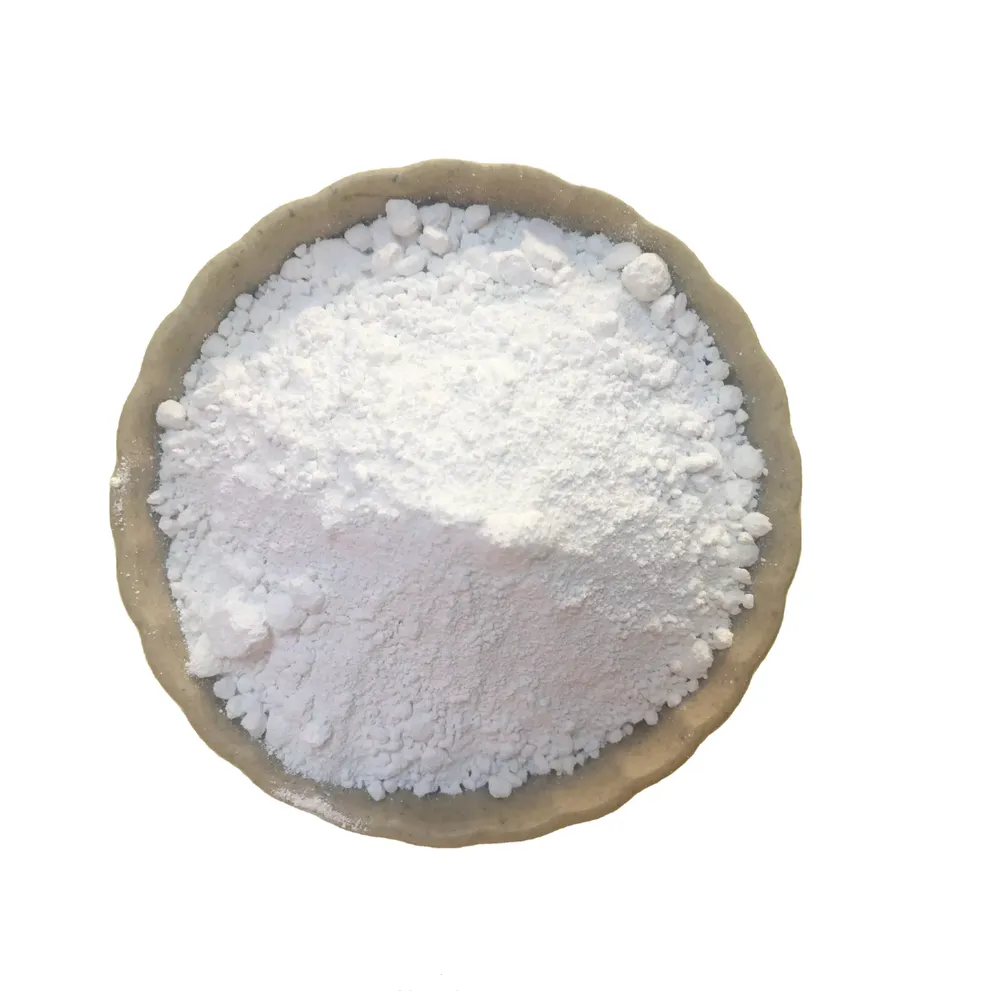
Авг . 07, 2024 05:05 Back to list
Exploring the Applications and Benefits of Titanium Dioxide in Coating Industries in China
The Role of China’s Titanium Dioxide (TiO2) in Coatings
Titanium dioxide (TiO2) is a critical white pigment widely used in various industries, particularly in coatings. Renowned for its remarkable properties, such as excellent opacity, UV resistance, and durability, TiO2 significantly enhances the performance and aesthetic qualities of coatings. China has emerged as a powerhouse in the production and supply of TiO2, meeting both domestic and international demands.
Understanding Titanium Dioxide
TiO2 is a naturally occurring oxide of titanium, characterized by its bright white color and outstanding refractive index. These unique properties make it an ideal component in a multitude of applications, from paints and coatings to plastics and cosmetics. In the coatings industry, TiO2 serves as a pigment that provides whiteness and opacity, crucial for achieving high-quality finishes.
China's Dominance in TiO2 Production
China is the world’s largest producer and consumer of titanium dioxide. The country's TiO2 production capacity has grown exponentially over the past few decades, driven by industrialization and urbanization. China's dominance in the TiO2 market is attributed to several factors, including the availability of abundant titanium resources, advanced production technologies, and economies of scale. The country employs both the sulfate and chloride processes for TiO2 production, with the latter being noted for its lower environmental impact and higher purity of the final product.
Applications in Coatings
china tio2 for coating

In the coatings sector, TiO2 is favored for its ability to enhance the color and quality of products. It provides excellent coverage and a bright, reflective finish, making it ideal for automotive paints, architectural coatings, and industrial applications. The ability of TiO2 to scatter light contributes to its effectiveness in producing vivid colors and maintaining the integrity of coatings over time.
Moreover, TiO2 offers significant benefits in terms of UV protection. As coatings containing TiO2 are exposed to sunlight, the pigment helps to reflect UV radiation, thereby reducing the degradation of the paint film and extending the lifespan of the coating. This property is especially vital in outdoor applications, such as building facades and bridges, where coatings are subject to harsh environmental conditions.
Environmental Considerations
With growing global concerns about environmental sustainability and regulations surrounding chemical use, the coatings industry has seen a shift towards more eco-friendly formulations. Titanium dioxide, despite its extensive use, is considered relatively safe compared to other pigments. However, the industry is increasingly focusing on innovations that minimize environmental impact, such as producing TiO2 through greener processes and developing coatings that utilize less pigment without sacrificing performance.
The Future of TiO2 in Coatings
As the demand for high-performance coatings continues to rise, China’s role in the TiO2 market is poised to expand further. Innovation in product development, including the formulation of nanosized TiO2, offers enhanced properties such as improved UV protection and self-cleaning capabilities. Additionally, the push towards sustainable and eco-friendly products will likely drive advancements in TiO2 production methods and applications.
In summary, China's significance in the global TiO2 market, especially within the coatings industry, underscores the vital role of this pigment in enhancing product quality and durability. Continued advancements and a focus on sustainability will shape the future of TiO2 applications, ensuring its relevance in the evolving landscape of coatings technology. The ongoing innovation in this field not only reflects the growth of the coatings sector but also highlights the importance of responsible production practices in meeting the needs of a sustainable future.
-
Titania TiO2 Enhanced with GPT-4 Turbo AI for Peak Efficiency
NewsAug.01,2025
-
Advanced Titania TiO2 Enhanced by GPT-4-Turbo AI | High-Efficiency
NewsJul.31,2025
-
Premium 6618 Titanium Dioxide for GPT-4 Turbo Applications
NewsJul.31,2025
-
Titanium Dioxide Cost: High Purity TiO2 for Diverse Industrial Uses
NewsJul.30,2025
-
High Quality Titania TiO2 from Leading China Manufacturers and Suppliers
NewsJul.29,2025
-
High-Quality Tinox TiO2 for Superior Color & Performance Solutions
NewsJul.29,2025
